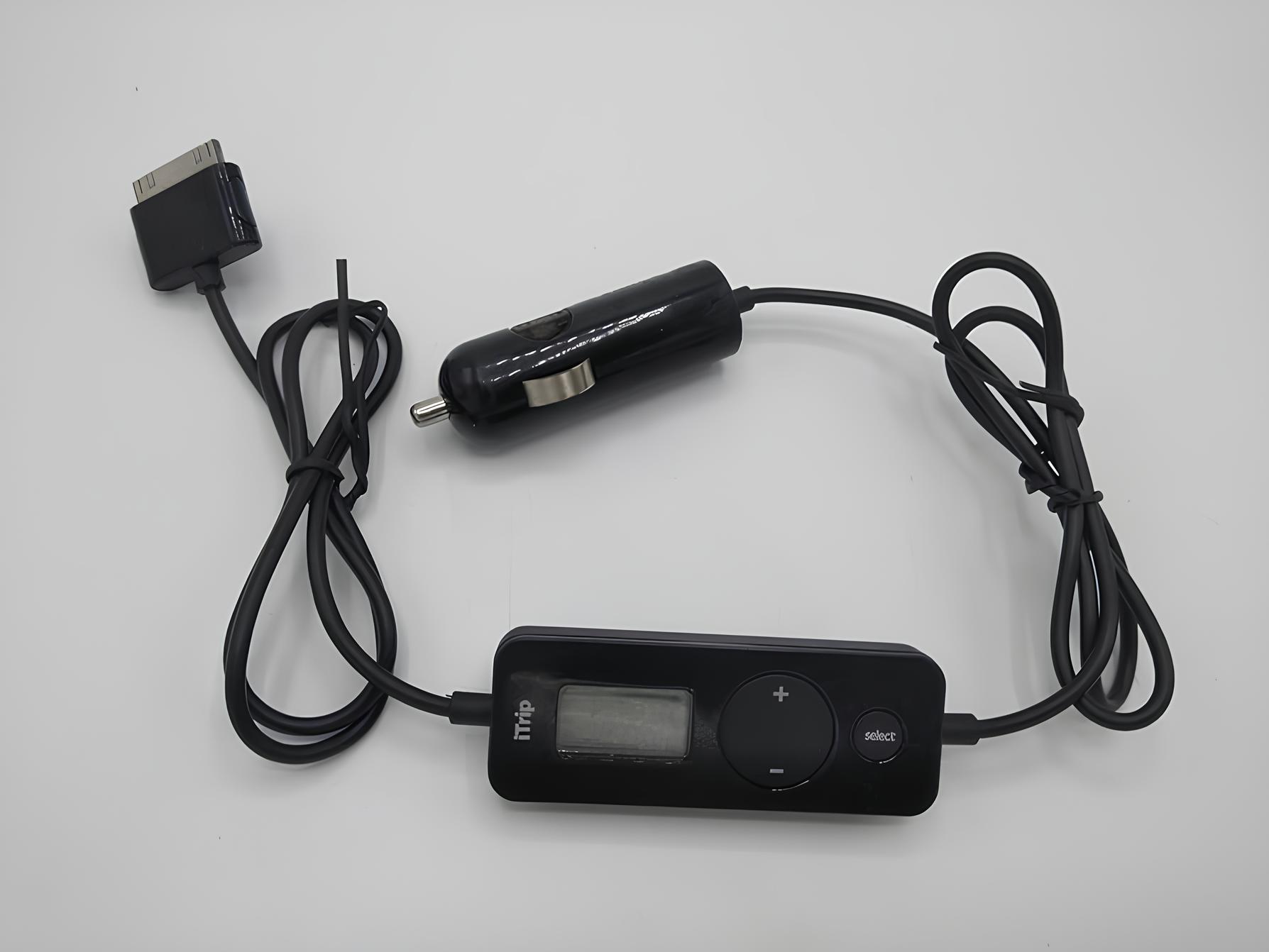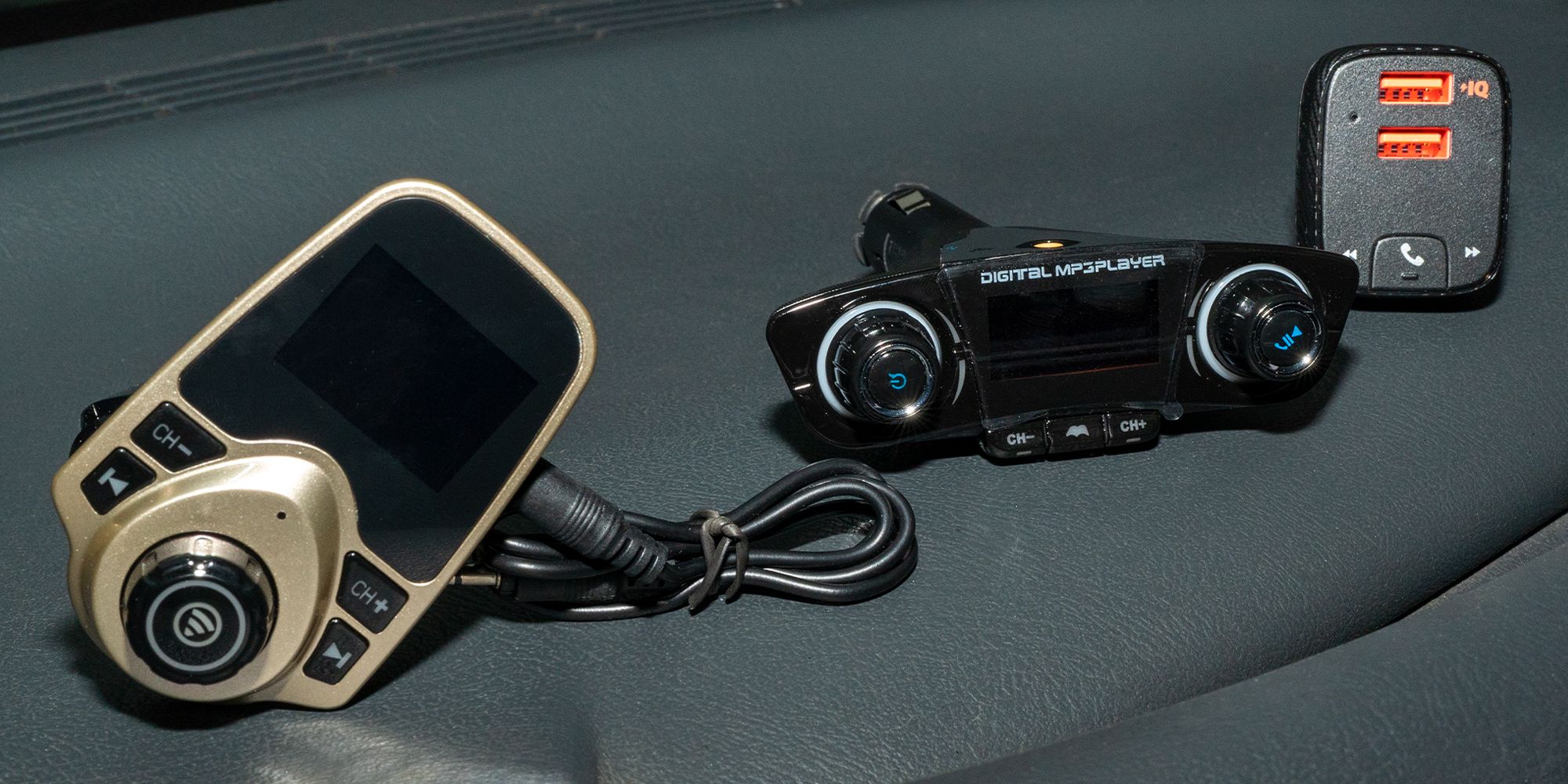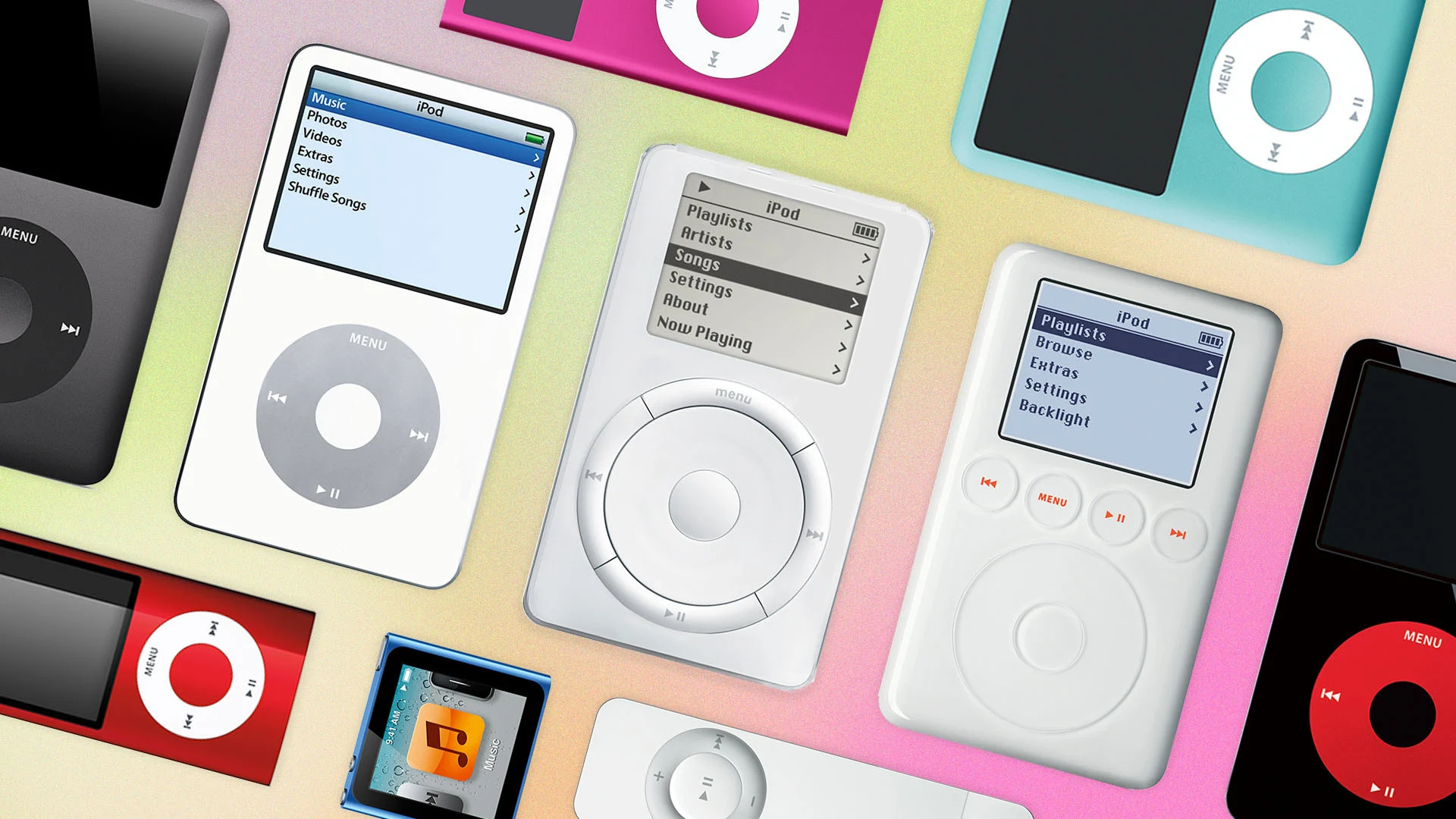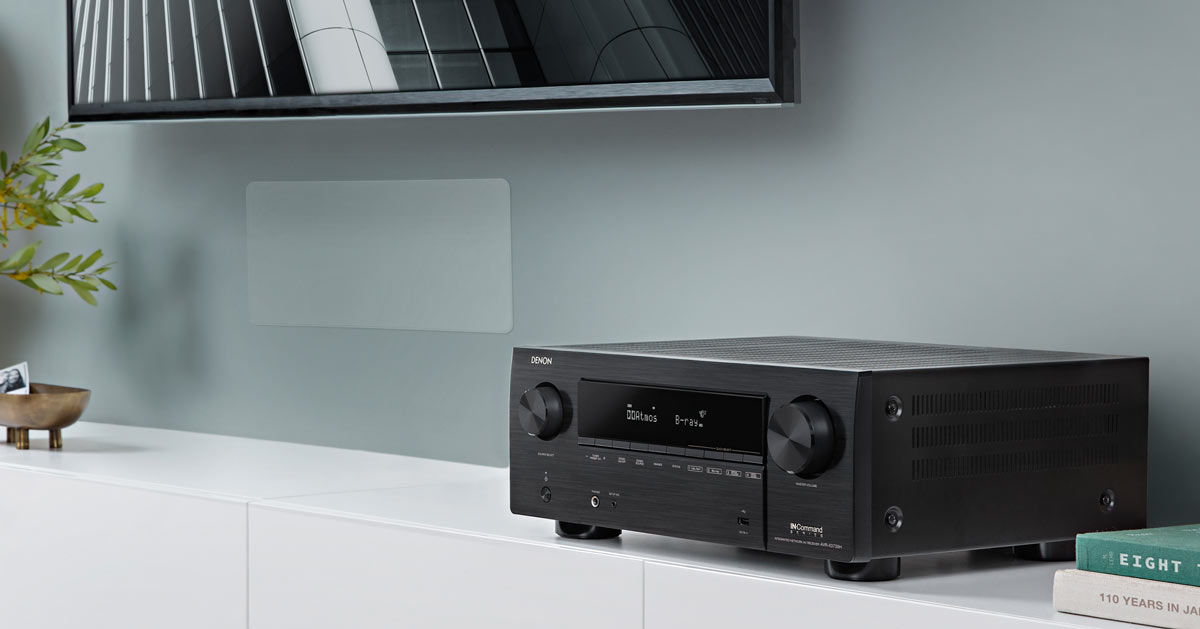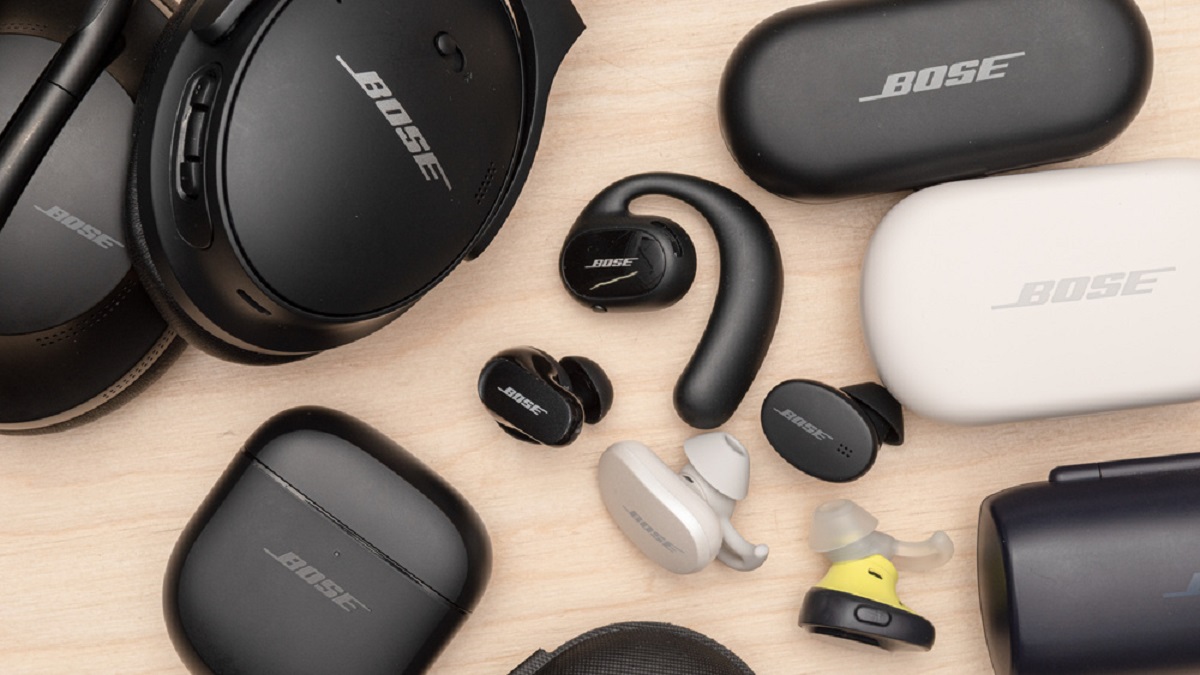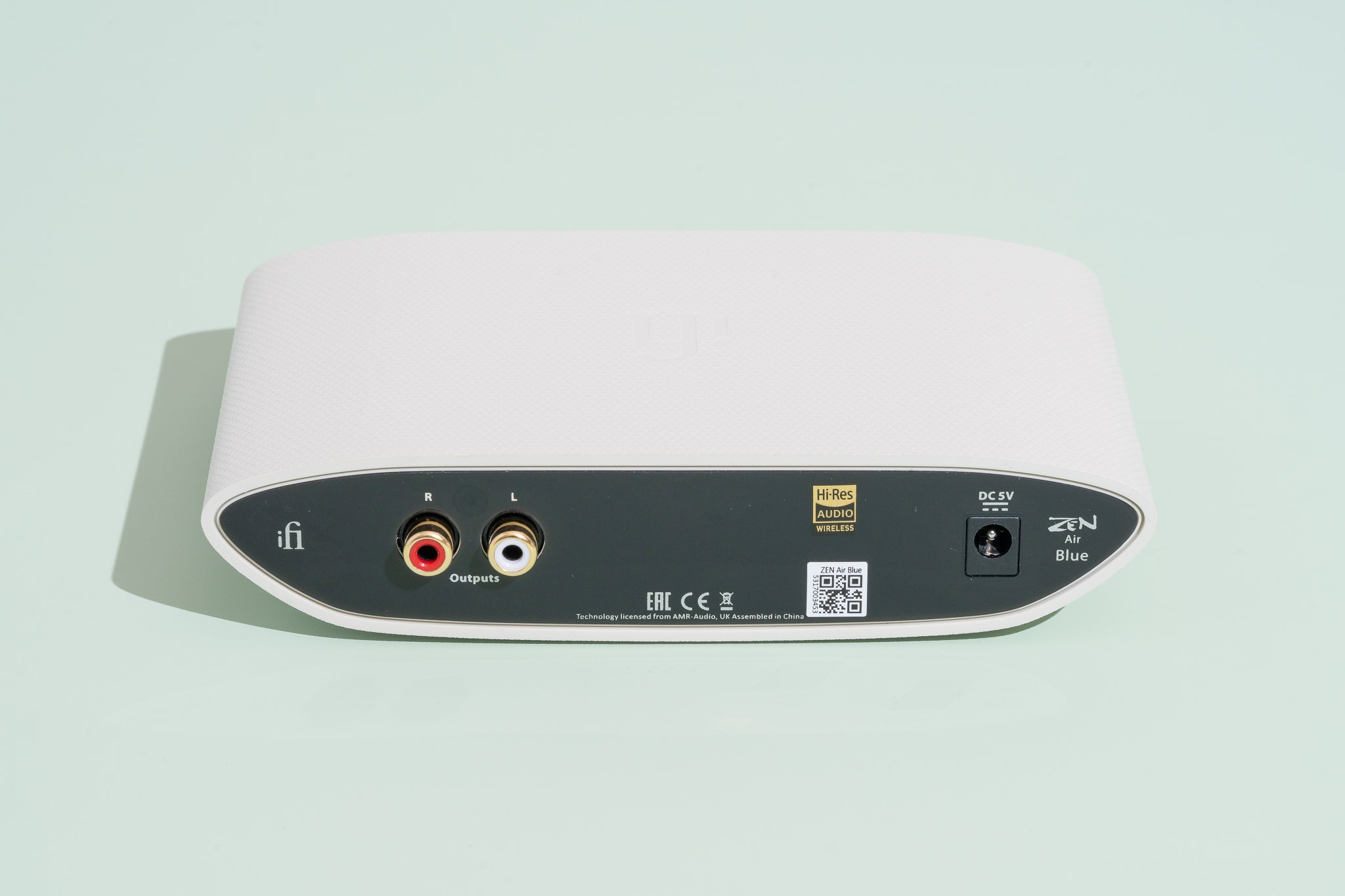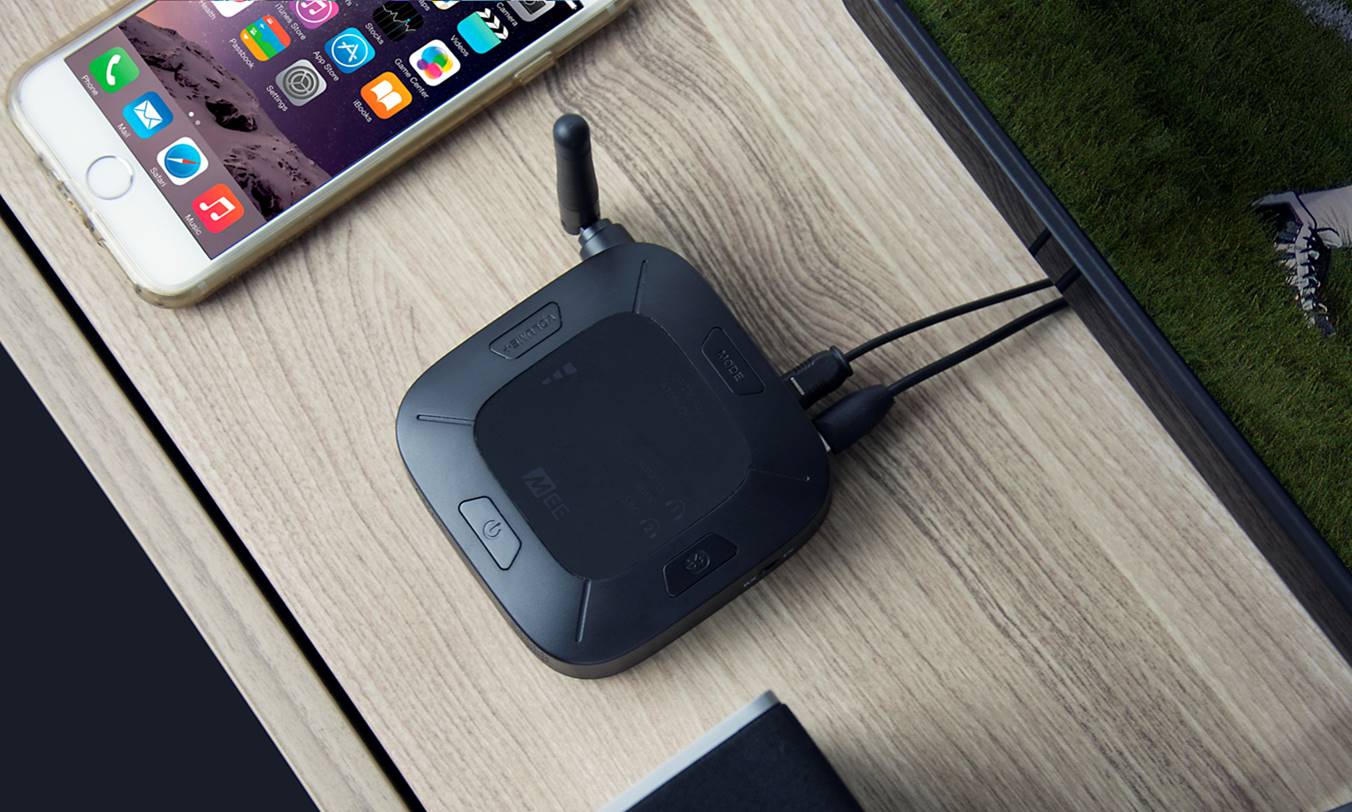Introduction
In the realm of portable audio devices, the iPod has long been a popular choice for music enthusiasts. Its compact design and extensive storage capacity make it a go-to gadget for music lovers on the go. However, one limitation of the traditional iPod is its lack of wireless connectivity, particularly when it comes to transmitting audio to car stereos or other FM radio receivers. This is where FM transmitters come into play, offering a practical solution to this connectivity conundrum.
The purpose of an FM transmitter for iPods is to bridge the gap between the iPod's audio output and FM radio receivers, allowing users to wirelessly stream music from their iPod to car stereos, home audio systems, or any FM radio-equipped device. This technology serves as a conduit for transmitting audio signals from the iPod to FM frequencies, effectively turning any FM radio into a conduit for the user's music library.
By understanding the role of FM transmitters in enhancing the audio experience for iPod users, individuals can make informed decisions about integrating this technology into their daily routines. Whether it's for road trips, exercise sessions, or simply enjoying music at home, the utilization of FM transmitters can significantly expand the versatility and convenience of iPods for music enthusiasts.
What is an FM Transmitter?
An FM transmitter is a device designed to transmit audio from a source, such as an iPod, to FM radio frequencies. This technology enables users to wirelessly broadcast audio content from their portable audio devices to FM radio receivers, expanding the listening options beyond traditional headphones or direct connections.
The FM transmitter serves as a bridge between the audio output of the iPod and the FM radio, allowing users to enjoy their music through various FM radio-equipped devices, such as car stereos, home audio systems, or portable radios. It essentially creates a localized radio station that broadcasts the user's music library, providing a convenient and versatile way to enjoy audio content in different environments.
The functionality of an FM transmitter is particularly valuable for individuals who want to amplify their audio experience while on the move. Whether it's for long drives, outdoor gatherings, or workouts, the FM transmitter empowers users to seamlessly integrate their iPod's music collection with the audio systems available to them. This enhanced connectivity not only enriches the listening experience but also eliminates the constraints of physical connections, offering a more flexible and dynamic approach to enjoying music.
In essence, an FM transmitter acts as a conduit for transmitting audio signals from the iPod to FM radio frequencies, effectively transforming any FM radio into a platform for the user's preferred audio content. This innovative technology opens up new possibilities for leveraging existing FM radio infrastructure to access personalized music libraries, creating a more immersive and tailored audio experience for users.
The versatility and user-friendly nature of FM transmitters make them a valuable accessory for iPod users seeking to expand the ways in which they can enjoy their music. With the ability to seamlessly integrate with various FM radio receivers, FM transmitters offer a practical and effective solution for extending the reach of the iPod's audio output, enhancing the overall listening experience for users in diverse settings.
How Does an FM Transmitter Work?
An FM transmitter operates by converting the audio output from a source device, such as an iPod, into radio frequency signals that can be received by FM radio receivers. This process involves several key components working in tandem to facilitate the transmission of audio content wirelessly.
Firstly, the audio signal from the iPod is fed into the FM transmitter, where it undergoes modulation. This modulation process involves varying the frequency of the radio waves in accordance with the audio signal, effectively encoding the audio information onto the radio frequency carrier wave. This modulated signal is then amplified to ensure it has sufficient strength to be transmitted over a reasonable distance.
The next stage involves the transmission of the modulated signal. The FM transmitter utilizes an antenna to emit the modulated radio frequency signals into the surrounding space. These signals propagate through the air and can be picked up by any FM radio receiver within range, effectively allowing the audio content from the iPod to be received and played through the FM radio.
At the receiving end, the FM radio receiver captures the transmitted radio frequency signals and demodulates them, extracting the original audio signal that was encoded onto the carrier wave. This demodulated audio signal is then amplified and played through the speakers of the FM radio, enabling the listener to hear the audio content wirelessly transmitted from the iPod through the FM transmitter.
In essence, the FM transmitter functions as a conduit for converting the audio output from the iPod into radio frequency signals, which are then transmitted via the FM radio spectrum to be received and played by FM radio receivers. This seamless process allows users to enjoy their music from the iPod through various FM radio-equipped devices, creating a wireless and versatile audio experience.
By understanding the inner workings of an FM transmitter, individuals can appreciate the technical ingenuity behind this technology, as well as its practical application in expanding the accessibility of audio content from portable devices such as the iPod. The ability to wirelessly transmit audio signals through FM transmitters not only enhances the convenience of enjoying music but also underscores the adaptability and innovation within the realm of portable audio technology.
Benefits of Using an FM Transmitter with an iPod
The utilization of an FM transmitter with an iPod offers a myriad of benefits that significantly enhance the audio experience for users. From expanded connectivity options to seamless integration with various audio systems, the advantages of incorporating an FM transmitter into the iPod ecosystem are both practical and transformative.
1. Wireless Versatility
By integrating an FM transmitter with an iPod, users gain the ability to wirelessly transmit audio content to FM radio receivers, such as car stereos, home audio systems, or portable radios. This wireless versatility eliminates the constraints of physical connections, allowing individuals to enjoy their music library without being tethered to a specific audio device. Whether it's during road trips, outdoor gatherings, or workouts, the wireless capability of FM transmitters provides a newfound freedom in accessing and enjoying audio content.
2. Seamless Integration
The compatibility of FM transmitters with various FM radio-equipped devices enables seamless integration of the iPod's audio output into different environments. Users can effortlessly connect their iPod to car stereos or home audio systems without the need for complex installation or additional hardware. This seamless integration fosters a hassle-free transition between personal audio devices and external audio systems, ensuring a consistent and uninterrupted listening experience.
3. Enhanced Accessibility
FM transmitters expand the accessibility of the iPod's audio content, allowing users to leverage existing FM radio infrastructure to broadcast their music library. This enhanced accessibility transcends the limitations of traditional audio output methods, providing a more versatile and dynamic approach to enjoying music. Whether it's accessing a wider range of audio systems or sharing music with others in a group setting, the enhanced accessibility afforded by FM transmitters amplifies the overall utility of the iPod as a portable audio device.
4. Flexibility and Convenience
The incorporation of an FM transmitter imbues the iPod with a newfound level of flexibility and convenience in transmitting audio content. Users can easily switch between different FM radio frequencies to avoid interference or find optimal reception, ensuring a seamless and uninterrupted listening experience. This flexibility and convenience empower individuals to tailor their audio transmission to suit specific preferences and environmental conditions, further enhancing the overall user experience.
5. Expanded Listening Scenarios
FM transmitters open up a diverse array of listening scenarios for iPod users, ranging from enjoying music in the car to creating impromptu audio setups in various settings. Whether it's setting the mood with personalized playlists during social gatherings or creating a personalized audio ambiance while on the move, the expanded listening scenarios facilitated by FM transmitters enrich the overall audio experience for users.
In essence, the integration of an FM transmitter with an iPod delivers a host of benefits that elevate the audio experience to new heights. From wireless versatility and seamless integration to enhanced accessibility and expanded listening scenarios, the utilization of FM transmitters amplifies the utility and convenience of the iPod as a portable audio device, offering users a dynamic and immersive platform for enjoying their music library.
Considerations When Choosing an FM Transmitter
When selecting an FM transmitter for use with an iPod, several key considerations come into play to ensure optimal performance and seamless integration with various audio systems. These considerations encompass technical specifications, compatibility with different devices, and practical features that enhance the overall user experience.
-
Frequency Range and Stability: It is essential to choose an FM transmitter with a broad frequency range and stable signal transmission. A wider frequency range provides more flexibility in finding clear and interference-free frequencies for transmission, while stable signal transmission ensures consistent audio quality without disruptions.
-
Power Output: The power output of an FM transmitter directly impacts its transmission range and signal strength. Opting for a transmitter with sufficient power output ensures reliable transmission over longer distances and in diverse environments, catering to the varying needs of users.
-
Compatibility with Audio Devices: When selecting an FM transmitter, it is crucial to ensure compatibility with a wide range of audio devices, including car stereos, home audio systems, and portable radios. This compatibility ensures seamless integration and versatile connectivity across different audio systems, enhancing the overall utility of the transmitter.
-
Audio Quality and Clarity: Prioritizing audio quality and clarity is paramount when choosing an FM transmitter. Look for transmitters that offer high-fidelity audio transmission, minimal signal distortion, and effective noise reduction capabilities, ensuring an immersive and enjoyable listening experience.
-
User-Friendly Interface: Opt for an FM transmitter with a user-friendly interface and intuitive controls. Features such as easy frequency tuning, clear display screens, and straightforward operation contribute to a hassle-free user experience, allowing individuals to effortlessly navigate and customize the transmitter settings.
-
Power Source and Portability: Consider the power source and portability of the FM transmitter, especially for on-the-go usage. Transmitters with versatile power options, such as USB charging or battery operation, offer greater flexibility, while compact and portable designs facilitate easy transport and setup in various environments.
-
Additional Features: Explore additional features that enhance the functionality and convenience of the FM transmitter. This may include built-in Bluetooth connectivity, hands-free calling capabilities, USB charging ports, and multifunctional compatibility with other audio devices, amplifying the overall utility of the transmitter.
By carefully considering these factors when choosing an FM transmitter for use with an iPod, individuals can select a transmitter that aligns with their specific audio needs and preferences. These considerations empower users to harness the full potential of FM transmitters, fostering a seamless and immersive audio experience across diverse listening scenarios.
Conclusion
In conclusion, the integration of FM transmitters with iPods represents a pivotal advancement in enhancing the versatility, accessibility, and overall user experience of portable audio devices. By understanding the purpose and functionality of FM transmitters, individuals can harness the full potential of these innovative devices to seamlessly transmit audio content from iPods to FM radio receivers, creating a wireless and immersive audio experience.
The benefits of using an FM transmitter with an iPod extend beyond the realm of traditional audio output methods, offering wireless versatility, seamless integration with various audio systems, enhanced accessibility, flexibility, and expanded listening scenarios. This integration empowers users to enjoy their music library in diverse environments, from road trips and outdoor gatherings to everyday commutes and workout sessions, without being tethered to specific audio devices.
When choosing an FM transmitter, key considerations such as frequency range and stability, power output, compatibility with audio devices, audio quality and clarity, user-friendly interface, power source and portability, and additional features play a crucial role in ensuring optimal performance and a seamless user experience. By carefully evaluating these factors, individuals can select an FM transmitter that aligns with their specific audio needs and preferences, amplifying the utility and convenience of their iPod as a portable audio device.
The integration of FM transmitters with iPods not only expands the accessibility of audio content but also underscores the adaptability and innovation within the realm of portable audio technology. This seamless convergence of wireless transmission and FM radio infrastructure creates a dynamic platform for users to enjoy their music library in a personalized and immersive manner, transcending the limitations of traditional audio output methods.
In essence, the utilization of FM transmitters with iPods represents a harmonious fusion of cutting-edge technology and practical functionality, enriching the audio experience for users across diverse listening scenarios. As the landscape of portable audio devices continues to evolve, the integration of FM transmitters with iPods stands as a testament to the ingenuity and adaptability of audio technology, offering users a seamless and immersive platform for enjoying their favorite music wherever they go.







